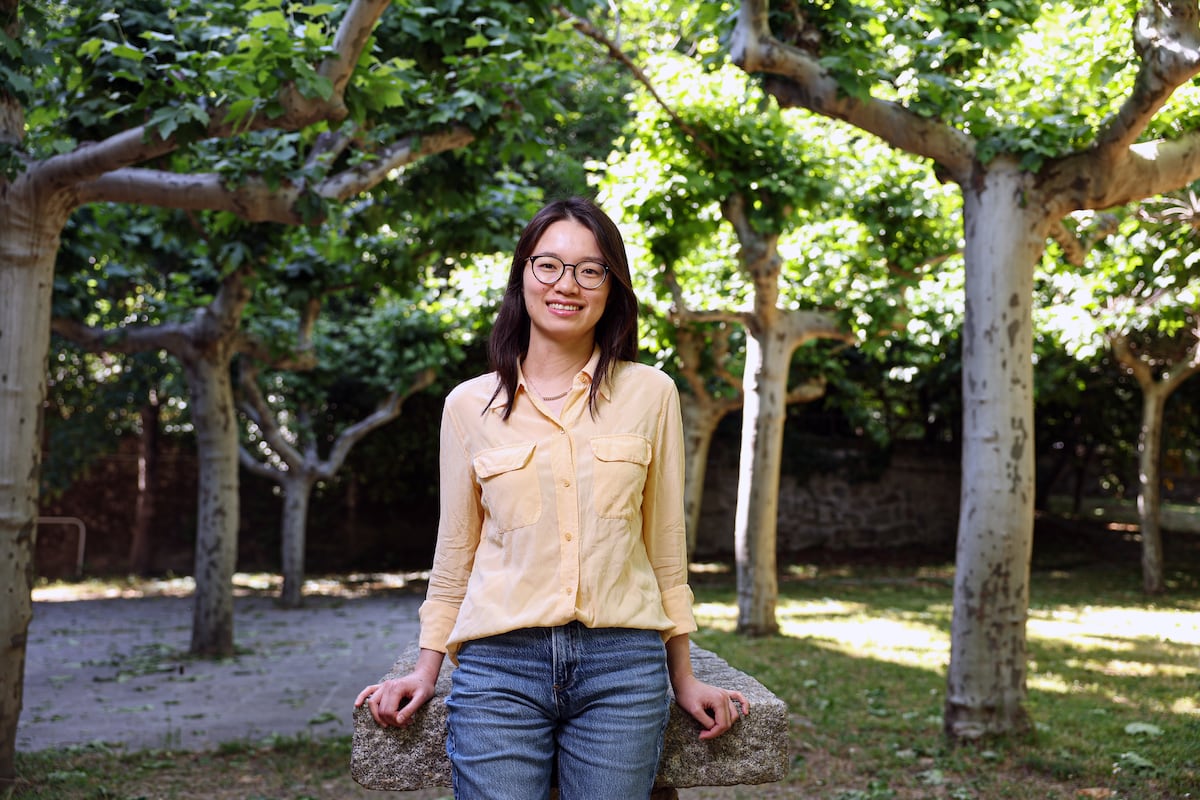
"The intuitive answer to the Kakeya problem is that the needle would trace a perfect circle. However, if moved skillfully, it can draw a triangle with concave sides, covering a smaller area."
"Hong Wang and her colleague Joshua Zahl are the first to solve the Kakeya conjecture in three dimensions, marking a significant achievement in mathematical history."
"Wang's work has opened the door to an unknown abstract world and stunned her colleagues, recognized as one of the top mathematical achievements of the 21st century."
"The solution to the Kakeya problem is captured in a comprehensive 127-page study filled with intricate formulas, rather than a simple 3D drawing."
The Kakeya problem, posed by Soichi Kakeya in 1917, involves determining the smallest area a needle's tip covers when turned from pointing upward to downward. While the intuitive answer is a circle, a triangle can cover less area with skilled movement. Hong Wang and Joshua Zahl are the first to solve the Kakeya conjecture in three dimensions. Their findings, presented at a conference in El Escorial, Spain, are considered a top mathematical achievement of the 21st century and documented in a 127-page study filled with formulas.
Read at english.elpais.com
Unable to calculate read time
Collection
[
|
...
]